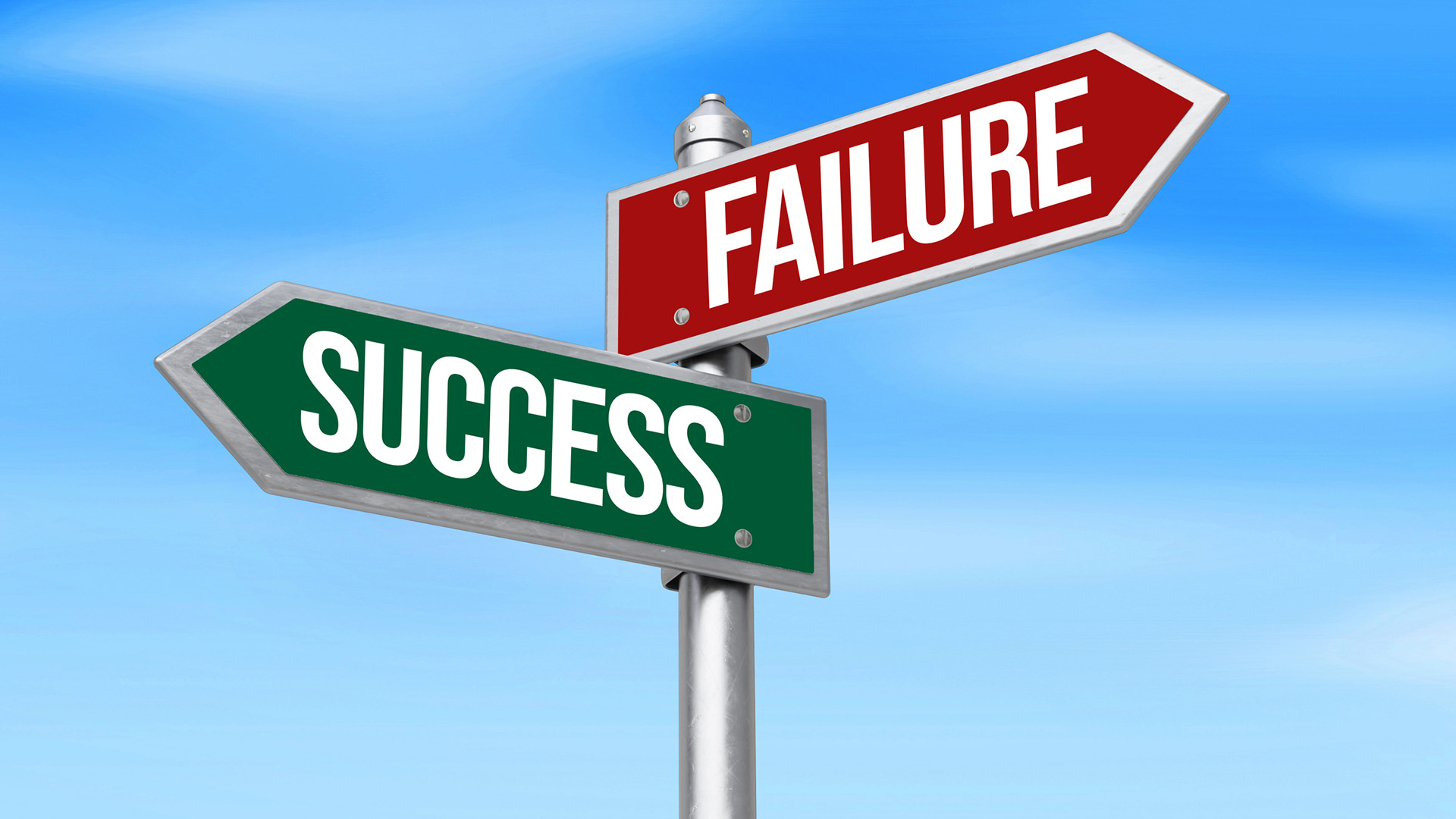Circular services: The next growth engine for channel partners
Why circular services are the next growth engine for channel partners


For years, recycling has been the go-to solution for waste across the supply chain, from manufacturing through to end customers. But with escalating ESG pressures, stricter regulation, and shifting consumer expectations, recycling alone is no longer enough.
A recent survey conducted by CLEAR found that 89% of consumers think that electrical manufacturers should be forced to allow third-party businesses to be able to refurbish and repair electronic items, signaling that expectations have moved well beyond simple restrictions. At the same time, the market is becoming increasingly saturated. Traditional revenue streams have never been under such extreme pressure. Channel partners now have a pivotal opportunity to stand out: embedding circular services such as repair, refurbishment, and resale into their core operations.
Circular practices are fast becoming central to competitiveness. By helping brands extend product lifecycles and cut unnecessary waste, channel partners can unlock new revenue streams, reduce costs, and build stronger customer loyalty, while also meeting sustainability targets and gaining a clear edge in a crowded market.
From cost center to growth engine
Traditionally, after-sales processes, such as returns and repairs, were viewed as cost centers. Today, they are fast becoming growth engines. What used to be called “the return problem” in warehouses and repair bays is often just stock waiting for a second chance. Once you start seeing it that way, the whole economics of retail changes. If managed effectively, refurbished goods can be returned to the market with healthy margins, while strong repair programs build customer loyalty and extend trust in the product.
Manufacturers and retailers are increasingly turning to their channel partners to enable these services at scale. By embedding repair and resale into fulfilment, warranty, and marketplace operations, partners can create value at multiple points in the supply chain. This ability to generate incremental revenue is especially valuable in saturated sectors, where competition on new product sales alone is driving margins down.
Commercial and ESG benefits
The commercial case is clear. Our recent CLEAR survey found that nearly two-thirds of consumers have already bought a refurbished or repaired electrical item, with 79% open to buying again. Crucially, 62% told us they would change their purchasing behavior based on the environmental impact of electronics manufacturers.
This shows demand is not only present but growing. A strong warranty model or transparent grading system can provide the reassurance needed to convert first-time buyers into repeat customers, while also helping brands prove they take sustainability seriously. For channel partners, the ability to offer refurbished or repaired stock isn’t just an ESG win - it is a way to broaden product ranges, tap new audiences, and compete more effectively in markets where new product growth is slowing.
Stay up to date with the latest Channel industry news and analysis with our twice-weekly newsletter
Meanwhile, regulators are pushing for greater accountability over the full product lifecycle, and businesses will increasingly be judged on what happens after the initial sale. Channel partners that can demonstrate circular capability will secure stronger long-term contracts and relationships, positioning themselves as indispensable in a crowded marketplace.
A partner-wide opportunity
Circular services are not just for sustainability teams; they represent a partner-wide opportunity. Every link in the chain has a role to play, and the benefits multiply when these efforts connect.
In my experience, there’s often tension between sustainability leads and commercial or marketing directors who still believe refurbishment will cannibalize new sales. It isn’t true. Our experience shows that customers who buy refurbished products are typically new to the brand – they couldn’t afford to buy new, but see refurbishment as a way to access trusted quality at a lower price point. Far from eroding new sales, it actually expands the customer base and builds long-term brand loyalty.
Consider a fashion retailer introducing a resale program. A distributor could coordinate the collection of returned and pre-loved garments from stores across the nation. A refurbishment partner then handles cleaning, quality checks, and re-packaging to prepare items for resale. A systems integrator ensures these products are accurately listed on the retailer’s e-commerce site, complete with clear product grading and sustainability information. Finally, a reseller or marketplace partner could position the refurbished line to attract cost-conscious or environmentally minded consumers who might otherwise shop elsewhere.
The results are powerful: products gain a second life, reducing waste; customers get affordable, quality-assured options; and every partner involved benefits from additional revenue streams and stronger brand loyalty. In saturated markets, where discounting new stock can erode margins, this kind of circular model can provide a genuine competitive advantage.
Building consumer confidence
One of the biggest hurdles for circular adoption is perception. Many customers still see refurbished or second-hand goods as lower quality. Channel partners can address this by embedding trust and transparency at every stage through rigorous quality checks, clear grading, strong warranties, and accessible service histories.
When buyers see these standards in action and the product performs as promised, skepticism fades. In fact, 79% of people who bought a refurbished product would make a repeat purchase – proving that circular services can drive value not just volume. They are then far more likely to buy again, whether it’s an appliance, a sofa, or a garment. For channel partners, this means repeat demand, healthier margins, and a stronger reputation for enabling both affordability and sustainability. In saturated markets, where brand loyalty is hard-won, this ability to inspire trust can be a major competitive advantage.
The way forward
For channel partners, embedding circular services doesn’t require a wholesale shift in strategy. It can provide an additional, profitable revenue stream in an increasingly saturated market. Repair, refurbishment, and resale help brands recover value from stock that might otherwise be written off, while also aligning with the rising expectations of regulators and customers alike.
We help major brands reintroduce tested, refurbished goods across multiple online channels, turning returned inventory into profitable sales while helping them meet ESG targets. We’ve seen firsthand how circular fulfilment models – whether in consumer electronics, appliances, or FMCG – can generate both profit and measurable sustainability outcomes.
Products may once have been treated as disposable, but today the smartest channel partners recognize that every item has a second, third, or even fourth life. Circularity isn’t just a sustainability goal; it’s the next evolution of competitiveness. Channel partners that master it will define the winners of the next decade.

Born in Lancashire but made around the world, James Rigg has never been shy of a challenge - or a hierarchy. After starting his career in R&D at a chemical firm, he was hired into the IT department of a systems provider who’d installed the company’s infrastructure. From there, he made an audacious pivot - challenging the managing director that he could out-perform the sales team. He did and became sales director by 24.
That “break-fix-scale” instinct now drives his work at Trojan Electronics, where he has led a 56% revenue surge since 2022. Under his leadership, Trojan has evolved from a consumer electronics refurbishment business into a high-growth, end-to-end e-commerce partner.
-
 UK channel firms are ‘leading the way’ in AI networking readiness
UK channel firms are ‘leading the way’ in AI networking readinessNews Westcon-Comstor's latest research reveals that 43% of UK partners now offer AI-integrated network services as fresh opportunities beckon
-
 Coursera teams up with Anthropic on Claude AI training
Coursera teams up with Anthropic on Claude AI trainingNews New Coursera specializations aim to help Claude users of all levels scrub up on their skills
-
 The power of partner ecosystems in today’s tax landscape
The power of partner ecosystems in today’s tax landscapeIndustry Insights Technology transformations enable tax teams to embrace partnerships in a more collaborative manner
-
 When the vendor fails: Why B2B buyers need escrow as a priority for their software stack
When the vendor fails: Why B2B buyers need escrow as a priority for their software stackIndustry Insights Channel partners need stronger governance to navigate vendor collapse…
-
 Building enduring channel partnerships in a multi-generational IT environment
Building enduring channel partnerships in a multi-generational IT environmentIndustry Insights Partners are evolving from sellers to strategic advisors, prioritizing customer outcomes
-
 Is channel know-how the key to de-risking enterprise AI plans?
Is channel know-how the key to de-risking enterprise AI plans?Industry Insights Channel partners could be the key to enterprises successfully developing their AI projects and implementations…
-
 The MSP market has changed – we need to change how we think about it
The MSP market has changed – we need to change how we think about itIndustry Insights MSPs are advancing beyond IT, offering resilience and specialist services through co-management
-
 Observability opens up new opportunities for the channel
Observability opens up new opportunities for the channelIndustry Insights Channel partners are responding to the growing demand for observability products to help customers keep track of their data and assets across cloud, serverless, and containerized environments
-
 Empowered employees strengthen financial sector digital resilience
Empowered employees strengthen financial sector digital resilienceIndustry Insights Intelligent, bespoke employee cybersecurity training and awareness is critical for DORA compliance
-
 Is the aging workforce a problem or an opportunity for the channel?
Is the aging workforce a problem or an opportunity for the channel?Industry Insights An aging workforce is reshaping the industrial landscape, creating operational challenges and growth opportunities. The solution may lie in how technology, people, and partnerships converge...